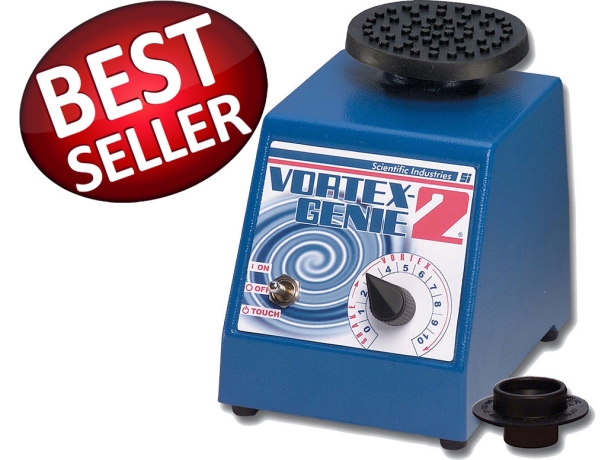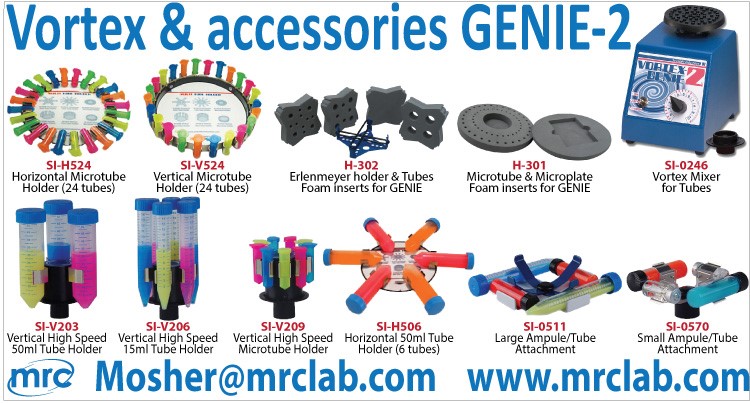Vortex mixers are a crucial tool for scientists and researchers in many fields, including chemistry, biology, and physics. In this guide, we will explore the basics of vortex mixers, their applications, and how to choose the best one for your needs. We will also cover tips for using and maintaining vortex mixers, common troubleshooting issues, and safety considerations.
What are Vortex Mixers?
Vortex mixers are laboratory Equipment used to mix small volumes of liquids, typically in tubes or microplates. The mixer works by creating a vortex, or circular motion, in the sample. The vortex allows for efficient mixing, dissolving, or suspending of particles in the liquid.
Types of Vortex Mixers
There are two main types: digital and analog. Digital vortex mixers offer more precise speed control, while analog vortex mixers have a simpler design and are generally less expensive. Within each type, there are also variations in speed range, mixing capacity, and special features.

Applications of Vortex Mixers
Vortex mixers are widely used in scientific research and analysis. Some common applications include:
Cell Culture
Used to re-suspend cells, mix cell cultures, or extract proteins.
Chemical Synthesis
Used to mix reagents or samples in chemical reactions.
Sample Preparation
Used in many sample preparation processes, such as mixing samples before DNA extraction, or preparing blood samples for testing.
Quality Control
Used in quality control processes to ensure that products or samples are uniform and well-mixed.

How to Choose the Best Vortex Mixer
When choosing, there are several factors to consider:
Speed Range
The speed range determines the types of samples it can handle. Higher speeds are generally required for viscous or dense samples, while lower speeds are suitable for delicate or sensitive samples.
Mixing Capacity
The mixing capacity of a vortex mixer refers to the number of samples it can mix at once. Some mixers can handle multiple samples simultaneously, while others are designed for single-sample mixing.
Special Features
Some vortex mixers offer additional features, such as temperature control, programmable settings, or timer functions. Consider which features are important for your specific application.
Cost
Vortex mixers can vary greatly in price, from less than $100 to several thousand dollars. Consider your budget and the features you need
Tips for Using and Maintaining Vortex Mixers
To ensure the best performance from your Device, follow these tips:
Use the Correct Tube or Plate
Make sure you are using the correct type of tube or plate. Some mixers are designed to only work with specific sizes or shapes of tubes.
Avoid Overloading
Do not overload the device. Overloading can cause the sample to spill or the mixer to overheat.
Clean Regularly
Clean the vortex mixer regularly to avoid contamination or damage to the equipment. Use a mild detergent and warm water, and dry thoroughly before using.
Store Properly
Store the vortex mixer in a dry, cool place, and avoid exposing it to extreme temperatures or moisture.
How to use a Vortex Mixers
Using a vortex mixer is a simple process, but it's important to follow the correct steps to ensure effective mixing and avoid damaging the equipment or sample. Here's a step-by-step guide on how to use:
- Prepare your samples: Make sure your samples are properly labeled and ready for mixing. Ensure that the tubes or plates you are using are compatible.
- Place the tubes or plates: Place the tubes or plates on the mixing platform. Make sure they are securely fastened to avoid spillage.
- Adjust the speed: Adjust the speed according to the viscosity and density of your sample. Higher speeds are generally used for more viscous or dense samples, while lower speeds are suitable for delicate or sensitive samples.
- Turn on : Turn on and let it run for the desired amount of time. The duration of mixing will depend on your specific application.
- Observe the mixing: Observe the mixing process to ensure that the sample is being mixed evenly. If you notice any irregularities, adjust the speed or duration of mixing.
- Turn off : Once the mixing is complete, turn off t and remove the tubes or plates from the platform.
- Clean: Clean the vortex mixer with a mild detergent and warm water, ensuring that it's dry before storing it.